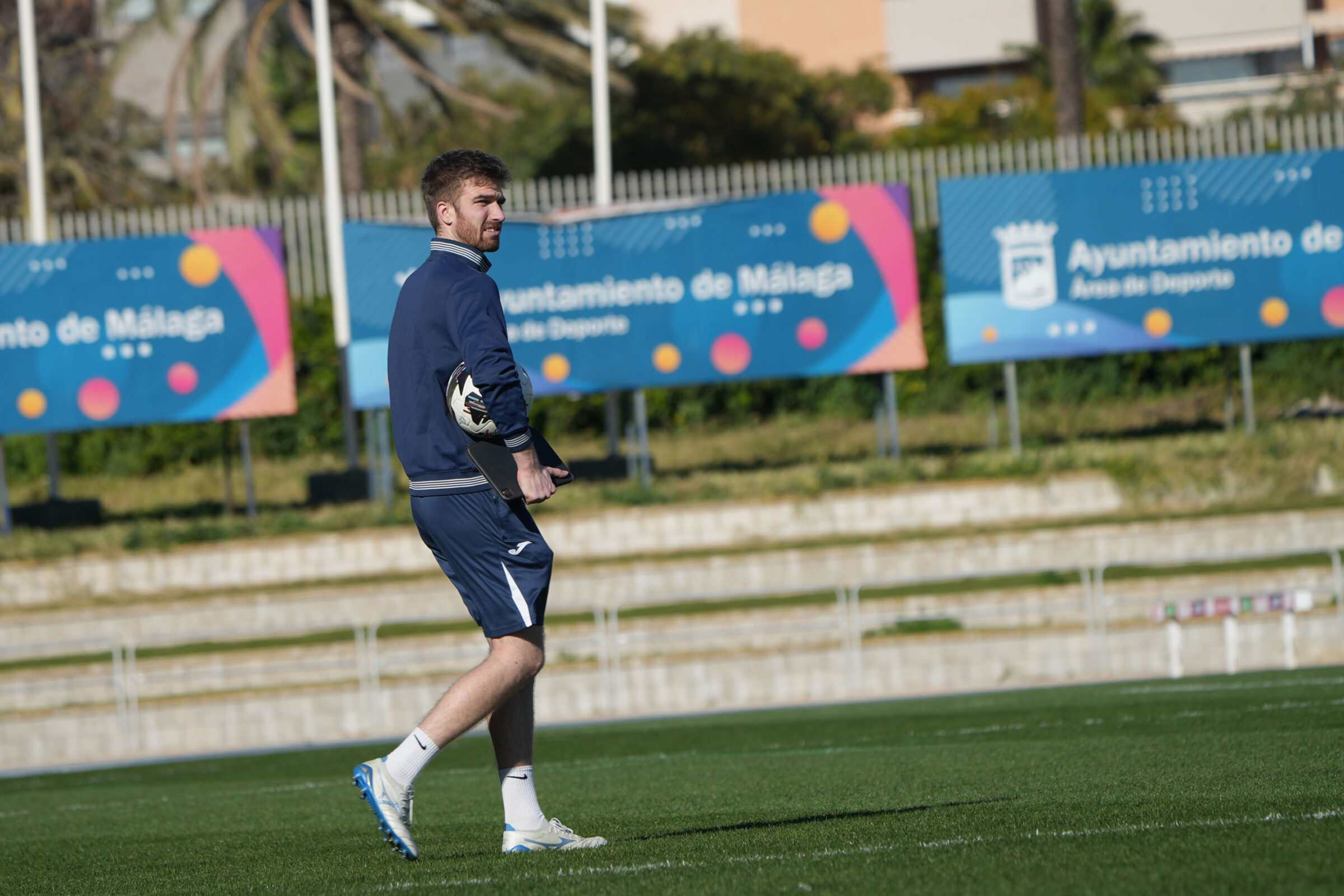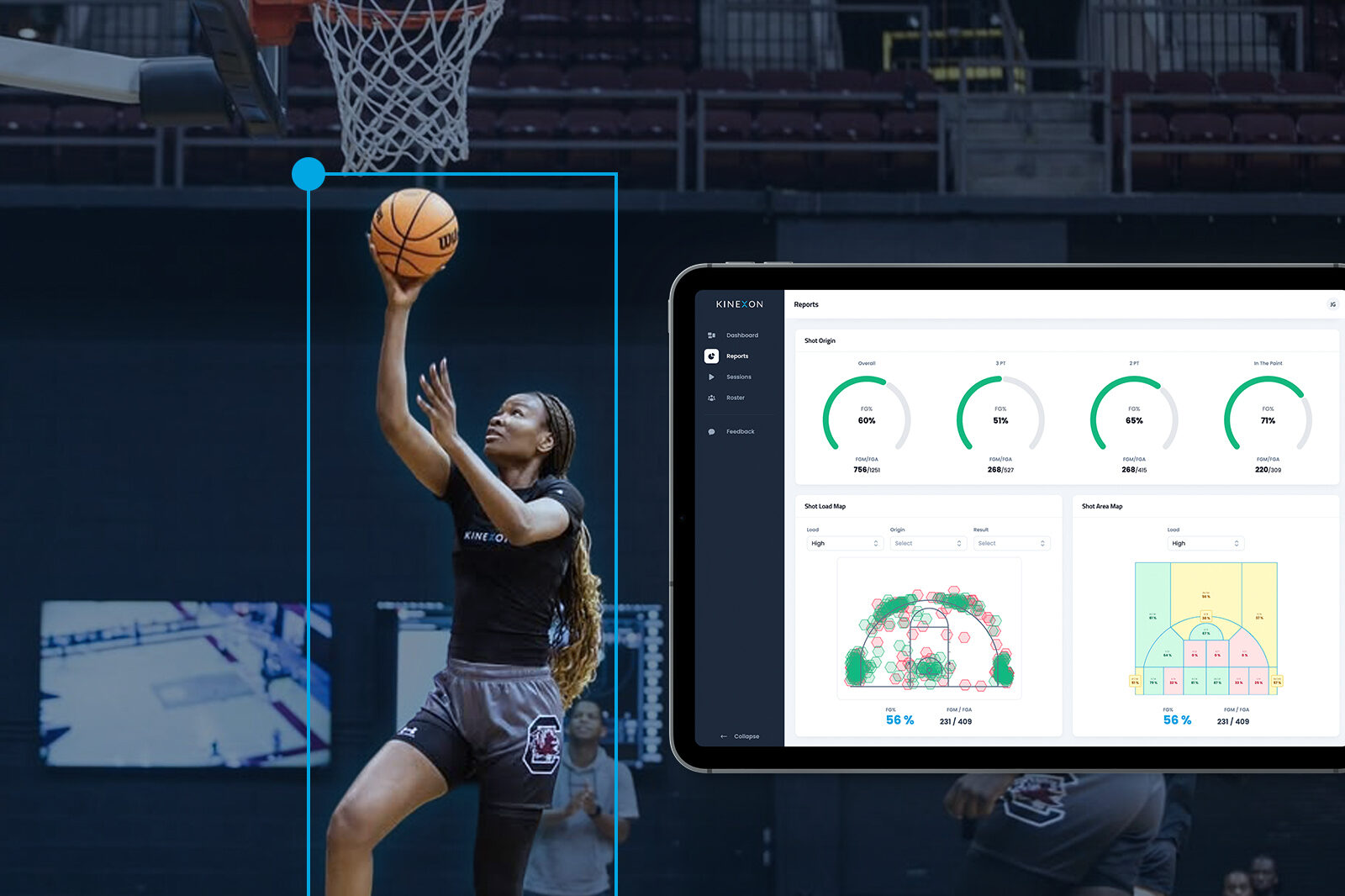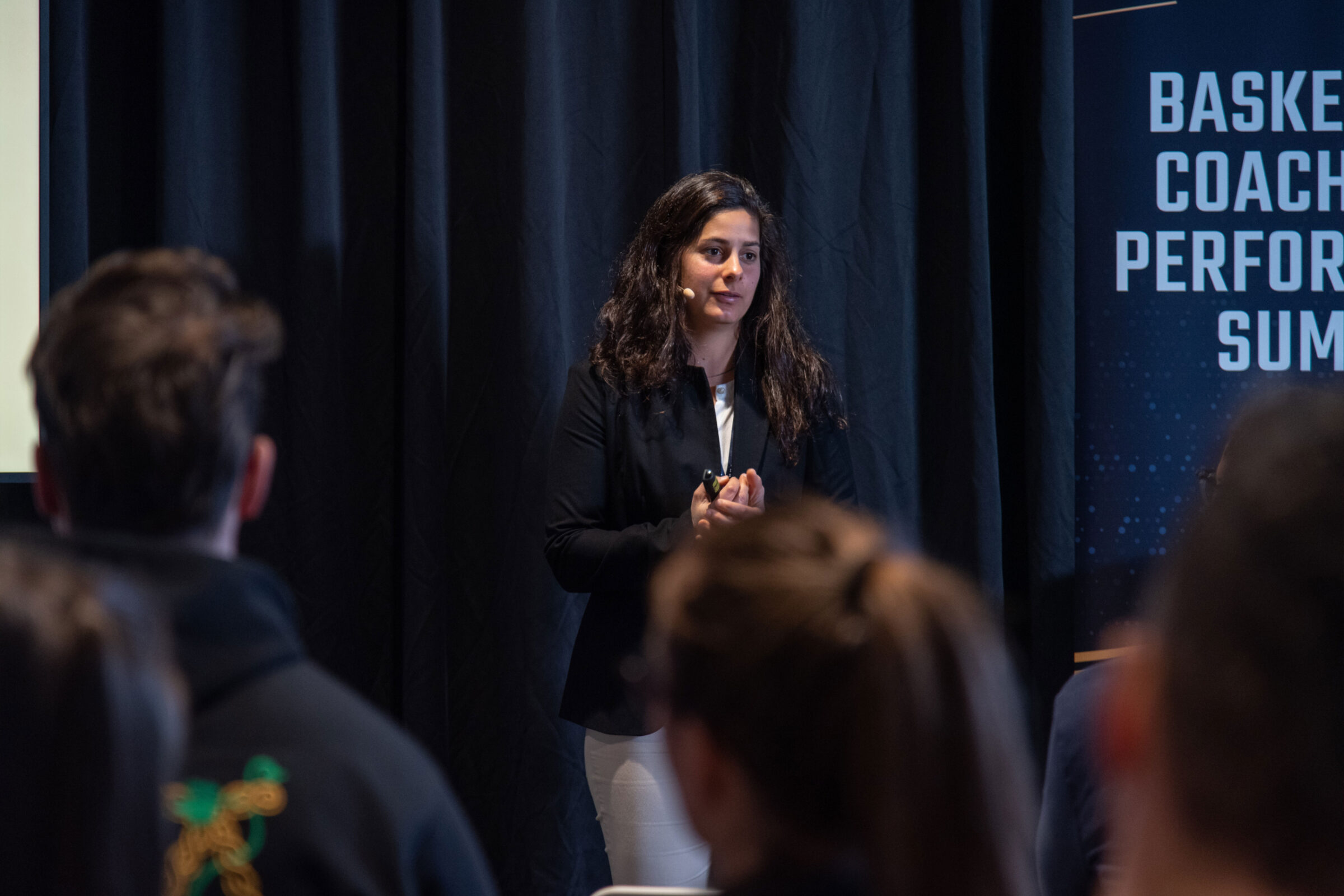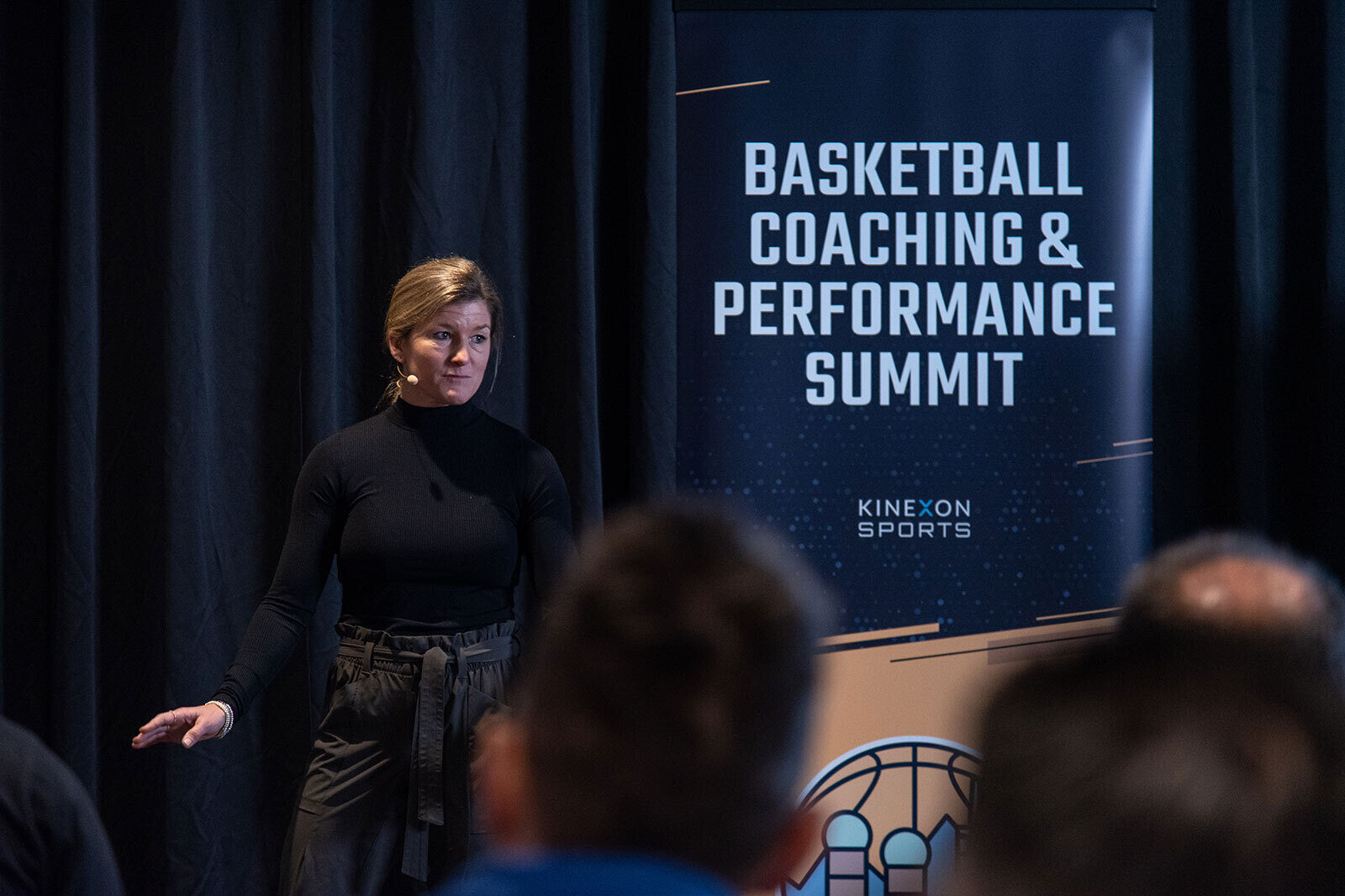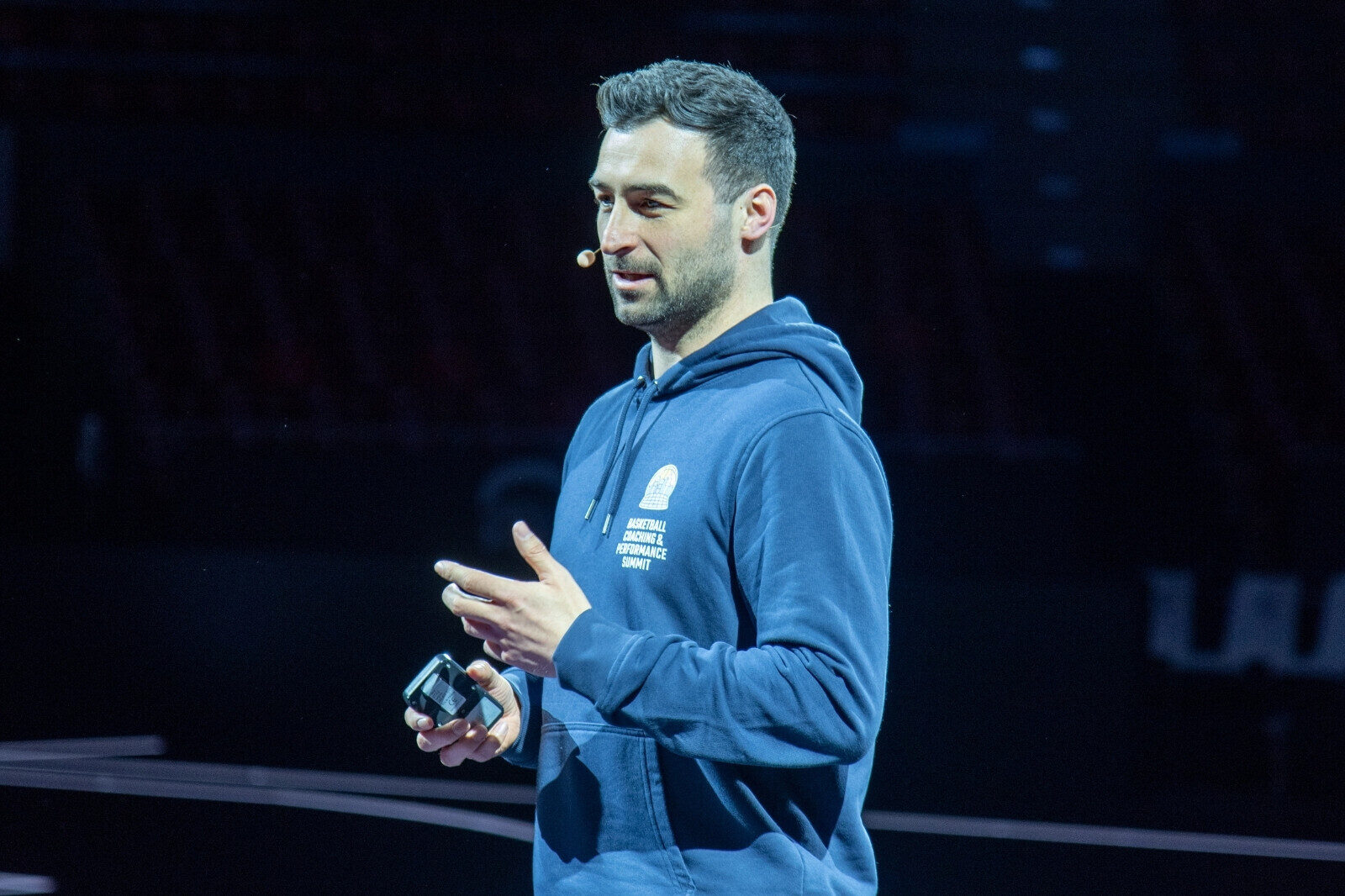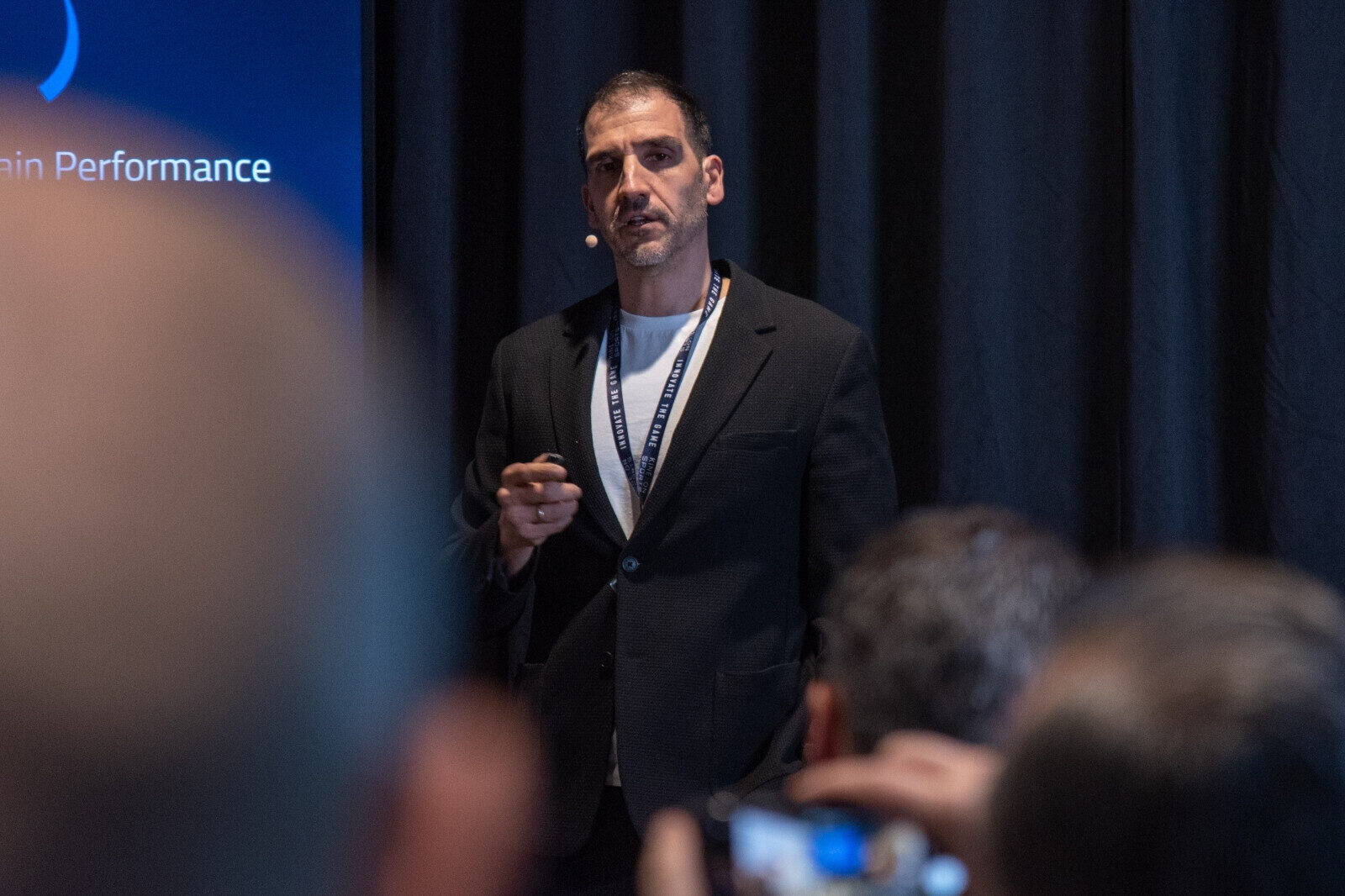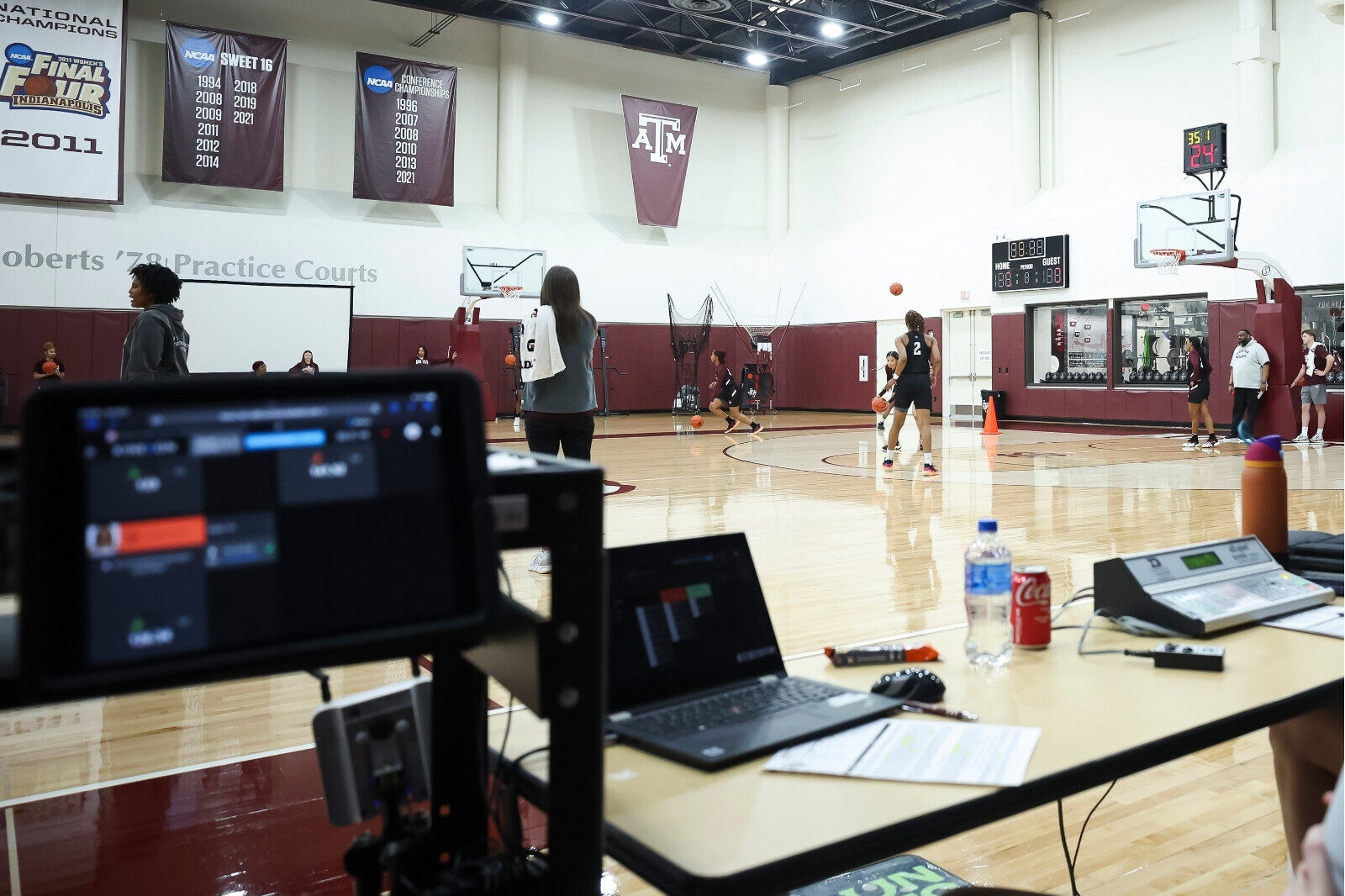What Are The Volleyball Metrics That Matter Most to Coaches?
Volleyball positions require speed, agility, power, and precision. But how do you know if your team is performing at its best? How do you measure your progress and identify your strengths and weaknesses? This is where player metrics and analytics come in.

Player metrics provide the raw data coaches can use to notice patterns, make predictions, and make changes based on the results to gain a competitive advantage.
By collecting and analyzing data, such as jumps, jump height, impact, load, and acceleration, you can get valuable insights into your performance and improve your game.
Here are some examples of data that can help each volleyball position improve.
Achieve Excellence: A 5-Step Guide to Collecting and Analyzing Volleyball Data
Important Player Data for Each Volleyball Position
From the setter to the libero, these metrics will keep your whole team playing its best all season long.
- Jump height: The height of your hitters’ and blockers’ jumps, measured by the difference between the standing reach and the peak reach.
- Impact: The force and speed of the swing, measured by the ball’s velocity and the contact point.
- Load: The stress and fatigue of their muscles and joints, measured by the number, frequency, and intensity of jumps and swings.
- Accumulated Acceleration Load: AAL quantifies the combined impact of abrupt accelerations and decelerations endured throughout training sessions and matches.
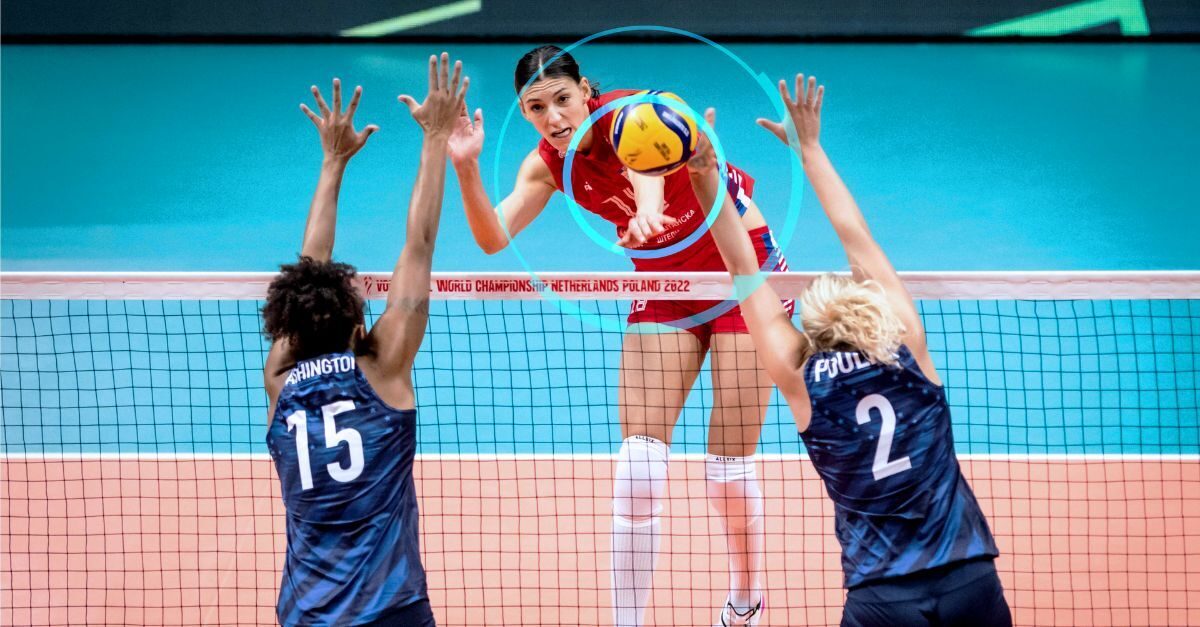
Coaches can use sports analysis software to track these metrics, improve training, and prevent injuries.
What Volleyball Metrics Tell Coaches and Players
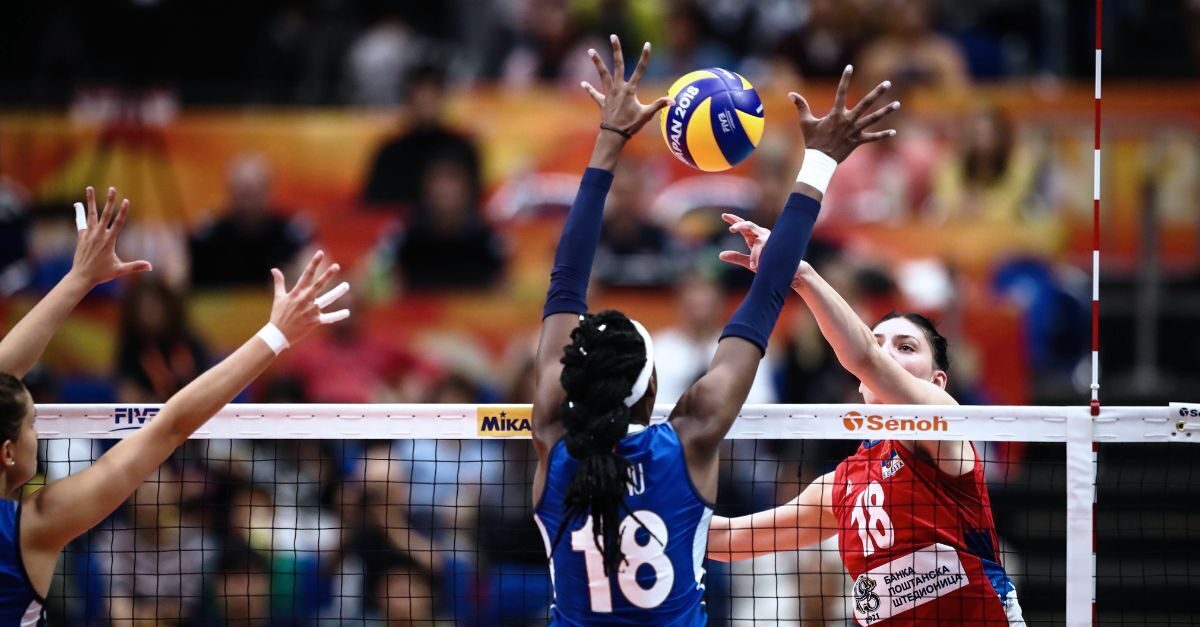
Reviewing volleyball metrics such as jump height, accumulated acceleration load (AAL), and impact is critical for coaches hoping to optimize player performance.
Jump height measurement provides valuable insights into an athlete’s explosiveness and vertical power, essential for effective spiking, blocking, and defense.
Monitoring AAL allows coaches and athletes to gauge the cumulative strain on the body from rapid accelerations and decelerations, helping to manage workload and reduce the risk of overuse injuries.
Impact metrics can help you spot risky techniques. This means players can stay safer and move more effectively when they’re on the court.
Sports Analysis Software Can Help Track Your Players

By adding these tracking methods to your training routines, your athletes can aim to perform at their best while reducing the chances of getting hurt, which helps them reach their highest level of skill during games.
You can even tailor training to each position on the floor.
Understanding how player metrics and analytics can help can help your team is the first step to improving your performance.
To learn more about volleyball metrics, contact KINEXON Sports.
